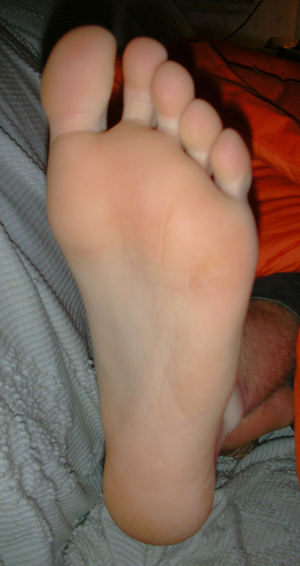There are a lot of conditions that affect the knee, and some of them can be very painful. One of these painful conditions of the knee is called a Baker’s cyst and it can become excruciatingly difficult to do everyday activities.
A Baker’s cyst is a cyst that is full of fluid and it often appears as a bulge behind your knee. The bulge will feel very tight and the pain often is excruciating and will get worse when you flex or extend your knee fully. The painful cyst might also become worse over time, especially if you are an active person. A Baker’s cyst is not always painful and you might not notice you have it at first. If you have a Baker’s cyst, you will often have some signs and symptoms of the condition. Some of the symptoms include knee pain, swelling behind the knee or in your leg and stiffness. You might also notice the texture of the cyst is like a balloon filled with water. Once you know the symptoms of the condition, you might be able to figure out what is causing it.
Tendons and cartilage throughout your body relies on a fluid called synovial fluid, which helps lubricate various joints. Your knee uses synovial fluid to help your leg swing smoother by reducing the amount of friction in the knee. The synovial fluid passes through tissue pouches in your knee called bursae. When the knee produces an excess amount of synovial fluid, a buildup can occur in the bursa. The fluid buildup in the bursa is known as a Baker’s cyst, and it can be caused by a couple different things. Sometimes an inflammation of the knee joint can cause a Baker’s cyst to form, often due to various types of arthritis. You might also experience a Baker’s cyst if you have had a knee injury such as a cartilage tear or other similar trauma.
Usually a Baker’s cyst does not cause serious complications, however sometimes it can occur. One of the more serious complications is that the Baker’s cyst will burst and the synovial fluid can leak into your calf region. The burst of the cyst could result in swelling, sharp pain in the knee, redness of the calf and a feeling of water dripping down your leg. It is always important to seek medical attention if you feel any symptoms related to a Baker’s cyst complication because it could be something more serious. Sometimes you might think you have a cyst that has popped when in reality you have a blood clot in a vein of your leg. In order to confirm a diagnosis of a Baker’s cyst, there are a few different tests the doctor will perform.
Typically, the doctor will be able to confirm a Baker’s cyst by just giving you an in-depth physical examination. Since the symptoms of having a Baker’s cyst are similar to a more life-threatening condition like a blood clot, more testing might be performed. Some of the other diagnostic tests used to confirm the diagnosis include an ultrasound and magnetic resonance imaging to look at various images of your leg and veins. Once the diagnosis of a Baker’s cyst is confirmed, you can then move onto planning treatment.
Often times the doctor will not give you a treatment option because the Baker’s cyst will go away on its own. If you are having a lot of pain with the cyst however, the doctor might proceed with some standard treatment options. Physical therapy is one option you have and it utilizes wrapping your knee or using ice and crutches to reduce inflammation or swelling. Range-of-motion and strengthening exercises might also be used to help reduce inflammation in the knee and promote better knee function. The doctor might also drain the fluid out of your knee joint using a needle. This procedure is called needle aspiration and it is often performed alongside an ultrasound for guidance. Medication such as corticosteroids might also be given to reduce the swelling and inflammation near the knee joint. The medication might help relieve the pain but it will not make the cyst go away and there is a chance of reoccurrence. Surgery is not common but it might be an option if the overproduction of synovial fluid is caused by a cartilage tear. The doctor would just go in and repair or remove the damaged cartilage which should clear up the Baker’s cyst for good.
The most important aspect of living with a Baker’s cyst is to remember to scale back physical activity while it is inflamed. Your doctor will be the best person to talk to about how long you should restrict your activities based on the pain and swelling in your knee. If you have a Baker’s cyst, you want to ice, protect, compress and elevate as much as possible to enhance blood flow. Make sure that you are taking measures to reduce the inflammation as much as possible and also lessen the amount of synovial fluid being released. If you just remember to take it easy while you have a Baker’s cyst, then it is likely to go away on its own within a week or two. Remember to always see your doctor if you think you might have a knee problem such as a Baker’s cyst because it could be something more serious. Although having a Baker’s cyst can be painful and limit your mobility, it is not usually serious and often goes away without seeking treatment. If you have arthritis then you should definitely be aware of this knee condition and you should report any changes to your doctor.
Mayo Clinic Staff, “Baker’s Cyst”, Mayo Clinic




